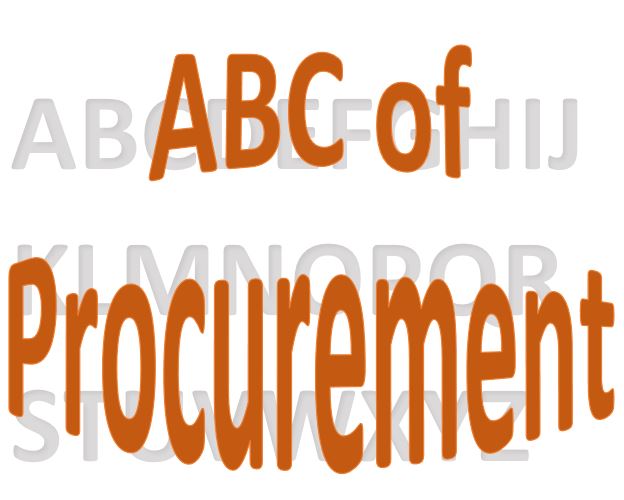In our day-to-day jobs, we get broader market information from our suppliers. A raw material price spiked due to weather issues. Political issues in another country made the currency unstable. Hence, we will have to pay in USD. Or a new product is booming in the market, and our product development is working on something similar. But this is a reactive approach to the events that are already happening.
From time to time, we should take a wider look at our surroundings. And there is a tool that can help us understand what is going on:
Porter’s Five Forces Framework
Porter’s Five Forces is a renowned framework developed by Michael Porter, a professor at Harvard Business School, in 1979. This model provides a comprehensive analysis of the competitive forces that shape an industry. It helps businesses understand their competitive position and potential profitability. The framework is initially designed for strategic planning. Nonetheless, the Five Forces framework has found practical applications in various business functions, including procurement.
Let us explore how Porter’s Five Forces can be utilized in procurement.
So, here is the framework, and a description of every force:

1. Bargaining Power of Suppliers: This force examines the power suppliers hold over prices and terms. Especially we need to understand how many suppliers we have for the particular item or service. If you have a case of a single source supplier, you can get some tips in the article Negotiation with a single source supplier. Understanding supplier power is crucial in negotiations. We need to know the number of suppliers, their concentration, and the uniqueness of their offerings. Based on this, we can negotiate better deals, secure competitive pricing, and establish long-term relationships with key suppliers.
2. Bargaining Power of Buyers: This force focuses on the power held by buyers of our products to influence prices and terms. While this may not look as important information for procurement, it affects the procurement strategy. If the market of your business looks for cheap, low-quality products, you can not focus on procuring the most expensive, high-quality raw materials. And vice versa. A very important point here is the payment terms agreed with your Company’s customers. If they pay in 90 days, and you are settling with your vendors for 30-day payment terms, soon you will have a cash-flow issue. If it is the opposite, your vendors will basically credit both you and your clients. For free.
3. Threat of New Entrants: This force examines the ease with which new competitors can enter the market. Procurement can help the company learn about new competitors at a very early stage. Talk to your main suppliers, and go to Industry events. You will learn about new companies that are buying the equipment. Be active on professional Social media like LinkedIn and Professional organizations like CIPS and APCIS. You will hear from your peers about the new Company hiring.
4. Threat of Substitute Products or Services: This force analyses the availability of alternative products or services that could fulfil the same need. For procurement, understanding substitute products allows professionals to identify potential alternatives that offer cost savings or added value. In some cases, adopting the new trend in the market will require a complete overhaul of the manufacturing process. As “connectors” between our suppliers and the rest of the Organizations, we need to have information about new technologies and materials that may be used in the future.
5. Industry Rivalry: This force examines the intensity of competition within an industry. In his article “Competition is no longer between companies – it’s between supply chains” Ralph Haupter, the EMEA CEO at Microsoft argues that agile and adaptive Supply Chains are the main factors determining the competitive advantages of a Company. Procurement is at the heart of the Supply Chain. Competition is not only happening at the Sales and marketing levels but also between procurement teams. Find out what the procurement team does differently than yours. Analyse, adapt, and improve.
Practical use of the framework
In conclusion, the practical use of Porter’s Five Forces in procurement provides tangible benefits and measurable outcomes. By applying this framework, we can optimize supplier selection, negotiate better contracts, minimize risks, and improve overall procurement effectiveness.
To leverage the full potential of Porter’s Five Forces, your team should continuously monitor and reassess the market landscape, gather relevant data, and collaborate with stakeholders across the organization.
If we integrate this powerful framework into our procurement strategy, it will help us to navigate the complex supplier landscape with confidence, drive sustainable value, and achieve a competitive advantage in the marketplace.
Sources:
https://www.managementstudyguide.com/porters-model-of-competetion.htm
https://strategicmanagementinsight.com/tools/porters-five-forces/
https://hbr.org/2008/01/the-five-competitive-forces-that-shape-strategy
https://www.linkedin.com/pulse/competition-longer-between-companies-its-supply-chains-ralph-haupter



